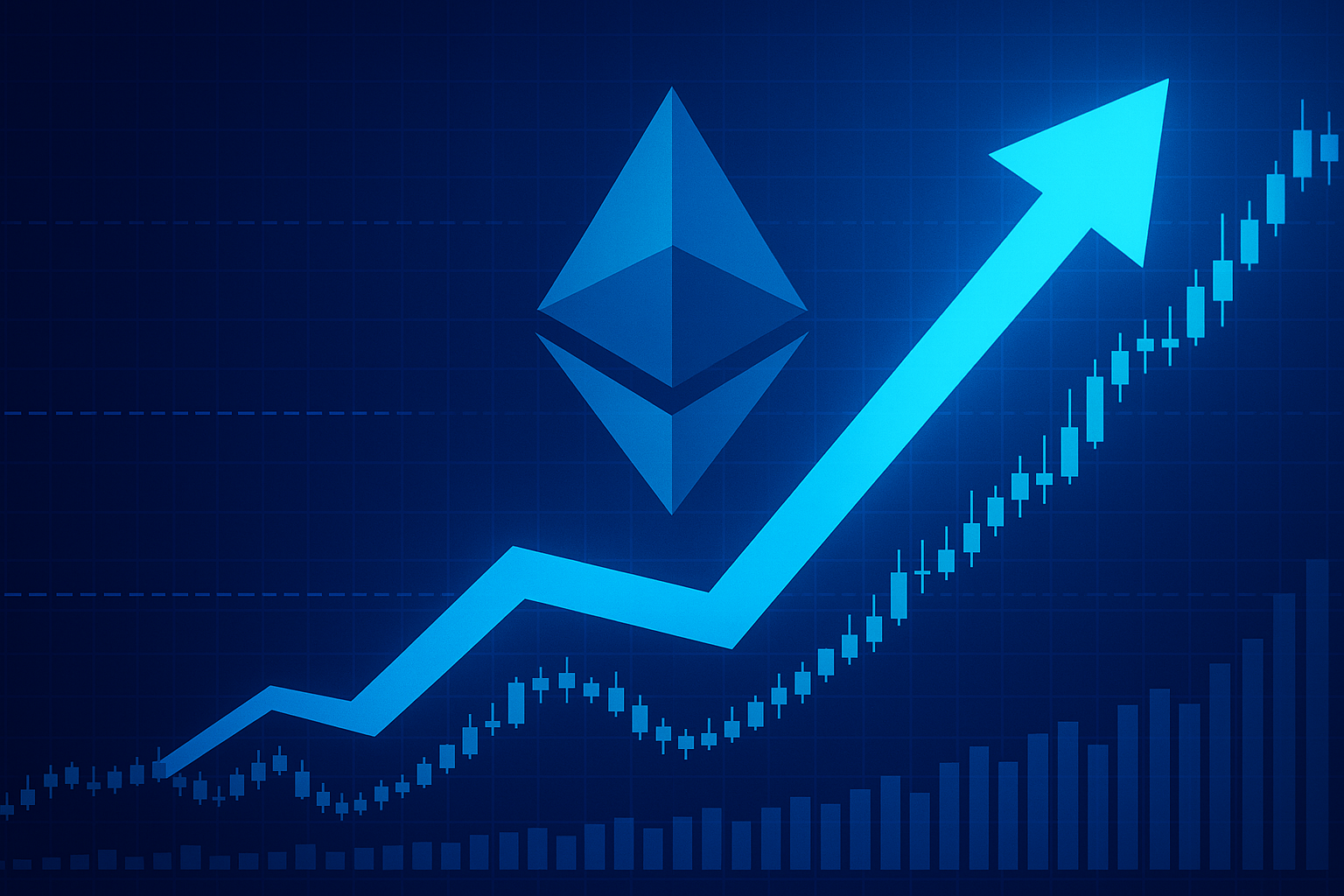I remember the first time I saw an Ethereum candle rip past $2,500. It was early 2021, NFTs were the new tulips, and Elon Musk still tweeted about dog money without legal disclaimers. Today, ETH is back in that neighborhood, hovering around $2,511 after last week’s brief joy-ride to $2,800. But the mood feels different—more like déjà vu in a dimly lit bar than the grand reopening of a bull market carnival.
We’ve Been Here Before, Haven’t We?
Every time Ethereum kisses the 50-week exponential moving average (EMA) people dig up that neat CryptoQuant chart: “Look, last cycle we punched through this line and rallied 25%… no, 135%… okay, something in that range.” İbrahim COŞAR ran the numbers again and averaged the past breakouts to land near $4,000. Sure, if history repeats, $4K isn’t crazy. But I keep asking myself: what if history only rhymes in haiku this time?
Let’s zoom out. Two years ago, ETH lived above its 50-week EMA for 441 straight days. That stretch ended with the Terra–Luna implosion, the Three Arrows unwind, and—yes—the FTX soap opera. If those black swans taught us anything, it’s that technical levels matter right up until a leveraged fund blows up on a Sunday night. So yeah, I respect the 50-week EMA, but I don’t treat it like a prophecy stone.
Staking Numbers Look Amazing… Maybe Too Amazing
Here’s the statistic everyone’s retweeting: more than 35,000,000 ETH is now staked—about 30% of the total supply—and 500k ETH got locked just in the first half of June. If you eyeball that on-chain data, you’d think no one ever plans to sell again. Plus, “accumulation addresses” (wallets that have never sold) just crossed 22.8 million ETH.
Sounds wildly bullish, right? Lower liquid supply, higher staking yields, yada yada. But here’s the wrinkle that nags me: a lot of those whales staked at $1,600 – $1,800 during the Shanghai upgrade frenzy. If ETH stalls here, they’re still in decent profit. And unlike pre-Shanghai, withdrawals now take one click and a few epochs. Locked supply can turn into market supply faster than you can say “Lido queue.”
The ETF Narrative: Champagne or Flat Soda?
I keep hearing that the new spot ETH ETFs are our magic liquidity portal. Maybe. We still don’t have a confirmed launch date; rumored July, maybe August. Remember how spot Bitcoin ETFs captured $13B+ in flows, then BTC still slumped 22%? I’m not betting my rent on TradFi FOMO 2.0. If anything, I suspect the first-week flows will look good, headlines will cheer, and then the basis trade crowd will quietly short futures to hedge the underlying exposure.
SharpLink Gaming even bragged about a $425 million ETH reserve strategy. Cool flex, but let’s be honest: one mid-cap Nasdaq firm using ConsenSys as treasury adviser isn’t exactly MicroStrategy 2.0.
The Macro Elephant Lurking Behind the Chart
This part confuses me every cycle: crypto folks talk about EMAs and staking deposits like the Fed doesn’t exist. Powell just told us rate cuts may come “later this year”—which in Fedspeak might mean Q4 if labor softens nicely. Higher-for-longer rates still pressure risk assets, especially the long-duration kind (and ETH is basically a perpetual growth story). If the 10-year yield creeps back above 4.5%, do we really think ETH wanders to $4K unbothered?
Here’s the Thing That Keeps Me Up at Night
I’m not entirely sure about this, but I could see a bizarre scenario: ETH rallies to $2,900-$3,000 on an ETF launch pop, retail gets euphoric, and then an innocent-looking on-chain unlock (maybe a Lido wave, maybe a validator rotation) dribbles extra supply onto exchanges. Suddenly that 50-week EMA turns from springboard to ceiling, and we’re revisiting $2,200 before anyone reloads CoinMarketCap.
Could be wrong. Maybe the staking set tighten supply so much that any dip evaporates. Yet the market is already up 66% from January lows. Profits are sitting there, waiting to be taken. I’ve watched too many traders shout “diamond hands” and then quietly dump into the bid while tweeting gm.
Tangential Thought: The Layer-2 Wildcard
Quick detour—if you think L2s don’t matter to ETH price, consider this: Base, Blast, and Linea are collectively pulling hundreds of thousands of daily active users off mainnet. Gas consumption on L2s is good for ETH burn eventually, but the immediate effect is cheaper gas, which ironically reduces the burn rate in the short run. Less burn equals slower supply contraction. So yes, scaling is bullish long-term, but it’s not a straight-line tailwind.
So, Do I Buy Here? Honestly…
I’ve got a starter position—nothing heroic—because ETH under $2,500 feels like reasonable asymmetry if spot ETFs actually crush it. But I also keep a stink bid around $2,150, right above the April lows. If we never revisit that level, great, I’ll DCA higher. If we nuke there on a leverage flush, I won’t be hunting for dry powder while Twitter spaces scream “capitulation.”
Why I Might Be Totally Wrong
Look, COŞAR’s historical math could nail it. The last three 50-week EMA breakouts did average triple-digit gains. Plus, EIP-4844 (Proto-Danksharding) is lurking; that upgrade might supercharge L2 throughput and reignite the “ETH as ultrasound money” meme. If macro soft-lands and TradFi rotates from AI stocks into digital assets, $4K might feel conservative.
I’ll Leave You With an Awkward Truth
The crypto crowd loves tidy narratives: golden crosses, ETF inflows, staking supply shocks. Markets, though, are messy family dinners—someone always flips the table just when dessert arrives. I’m cautiously long, helmet on, one eye on the exits. If ETH moons to $4,000, I’ll toast COŞAR. If we revisit $1,900, at least I warned myself in writing.
Stay nimble, keep questioning everything, and—seriously—set some alerts. Because if there’s one thing Ethereum has mastered over the years, it’s making our convictions look foolish at the worst possible moment.



